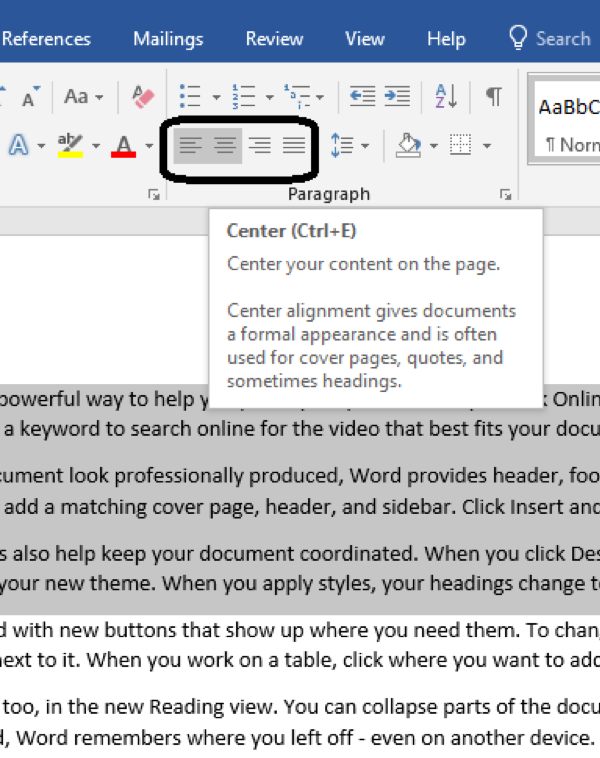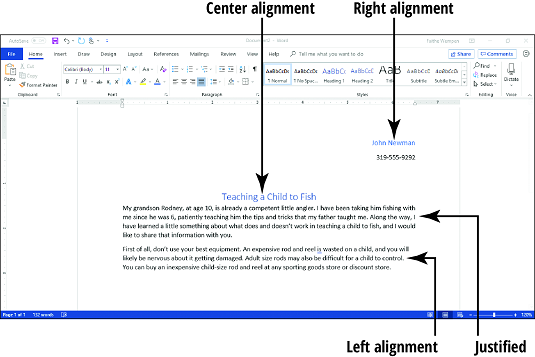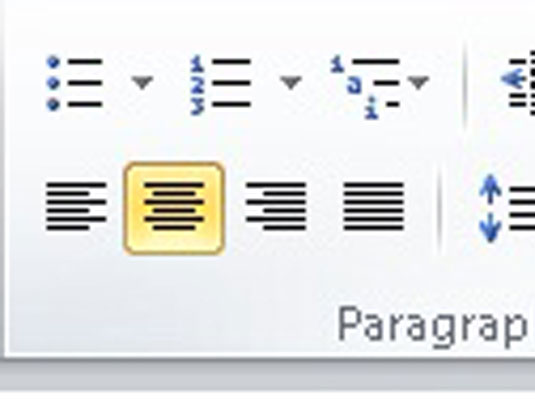

To vertically align an entire row (e.g., placing all data in that row at the tops of the cells), insert the “VALIGN=” attribute within the code for that row. To place an item at the top or bottom of its cell, insert the “VALIGN=” attribute within the code for that cell. In the Horizontal list, click Center Across Selection. Right-click the selected cells, and then click Format Cells. Select the range of cells over which you want to center text. This brings the insertion point (the cursor) down to the next line. When you reach the end of the paragraph, you do need to press Enter.

You should not press Enter at the ends of the lines within a paragraph. How do I put text on top of cell in Word? For example: ‘Moz’ linking to an article on the Moz Blog. For example: ‘link building strategies’ linking to a page about link building. How do you place a title at the top of a column in Word?Īnchor text that includes a variation of the keyword on the linked-to page. In the Alignment section, Word offers nine choices for alignment: Align Top Left, Align Top Center, Align Top Right. Click on the Layout tab under Table Tools. How do I lock text from moving in Word?Ĭlick inside the cell you want to align.How do I fix the position of text in Word?.How do you keep text from moving in Word?.Is used for controlling the position of the text?.How do you align text to the top of a table cell?.How do I center text across multiple columns in Word?.How do I indent selected text to the right?.When typing text in Word you should press Enter at the end of a?.How do I put text on top of cell in Word?.How do you place a title at the top of a column in Word?.No matter what I've tried, the right margin will not justifi. The only way to apply this alignment is through the use of a shortcut key: Ctrl+Shift+J.

(For instance, you might be creating labels, signs, or placards.) This type of alignment is the same as justified alignment, except that it affects all the lines in the paragraph. This is intended for single-line paragraphs, particularly those that use large font sizes. There is, in addition, an undocumented paragraph alignment supported in Word: distributed-text justification. You can change the alignment of any paragraph by using the appropriate tools on the Formatting toolbar or by displaying the Paragraph dialog box. In some typesetting references justified text is also referred to as "full justified." This alignment affects all lines in the paragraph except for the last one, which is left-aligned. Space is added, between words and characters, as necessary to fill out the line. All lines in a paragraph are expanded so they butt up against both the left and right text margins. The text of each line does not line up with the left margin, so traditional typesetting terminology often refers to right-aligned text as ragged left. All lines in a paragraph butt up against the right text margin. The text lines up with neither the left or right margins. All lines in a paragraph are centered between the left and right text margins. The text of each line does not line up with the right margin, so traditional typesetting terminology often refers to left-aligned text as ragged right. All lines in the paragraph butt up against the left text margin. There are four types of paragraph alignment you can set within Word: Word refers to this specification as alignment. One of the fundamental typographic specifications for laying out paragraphs is determining how they will appear in relation to the left and right margins.


 0 kommentar(er)
0 kommentar(er)
